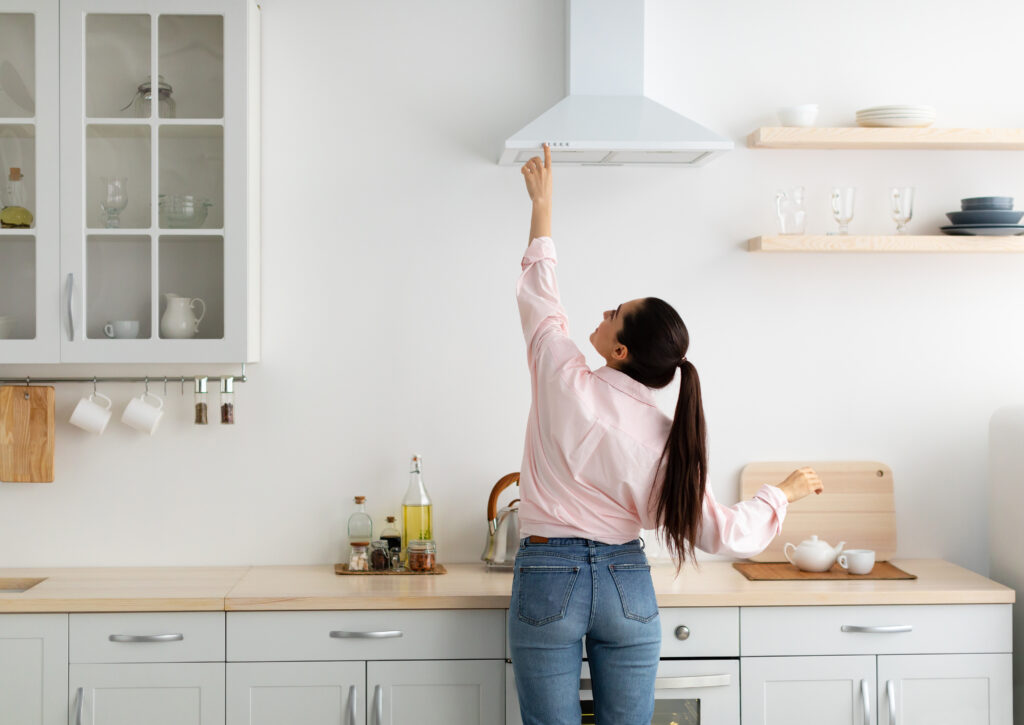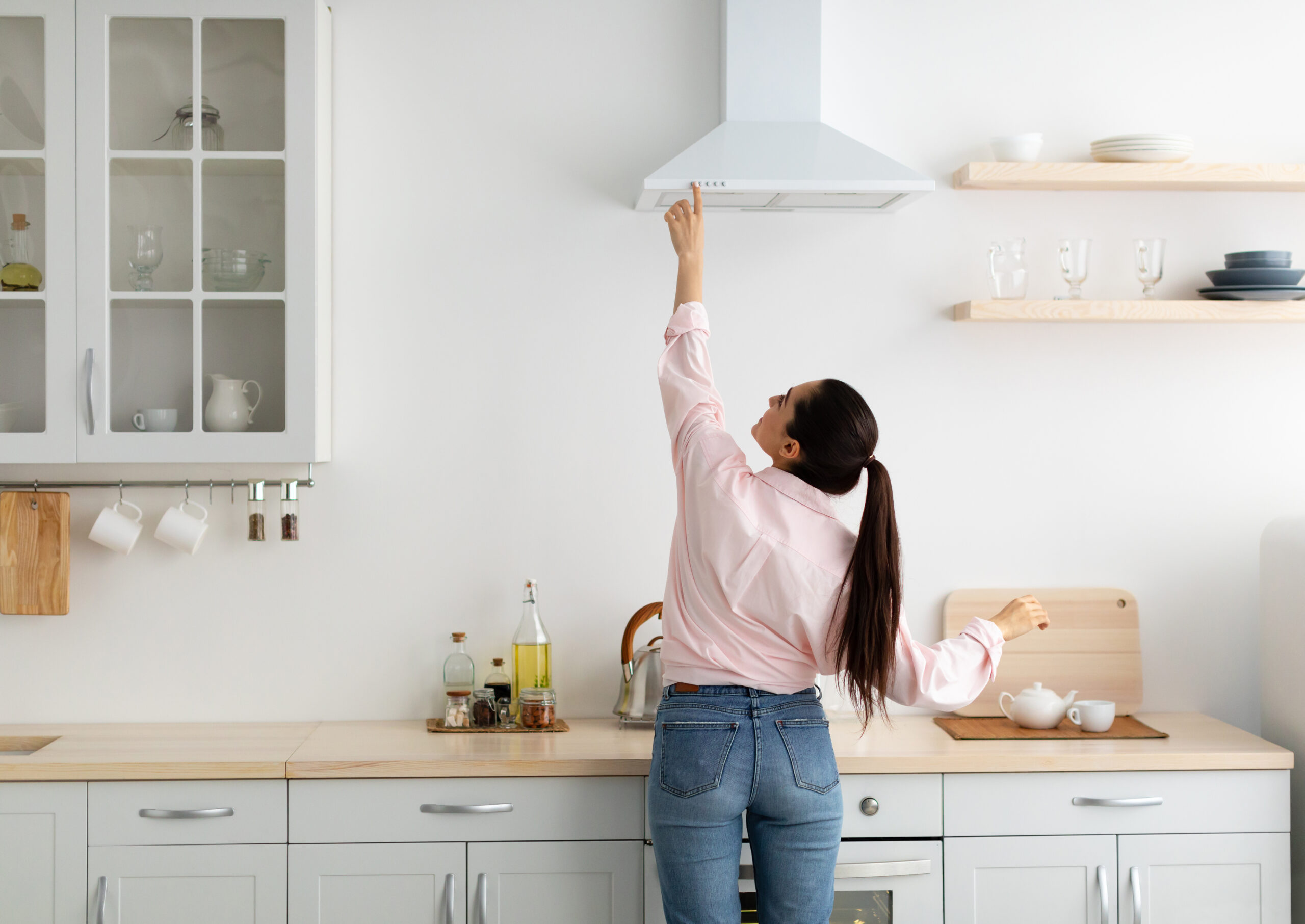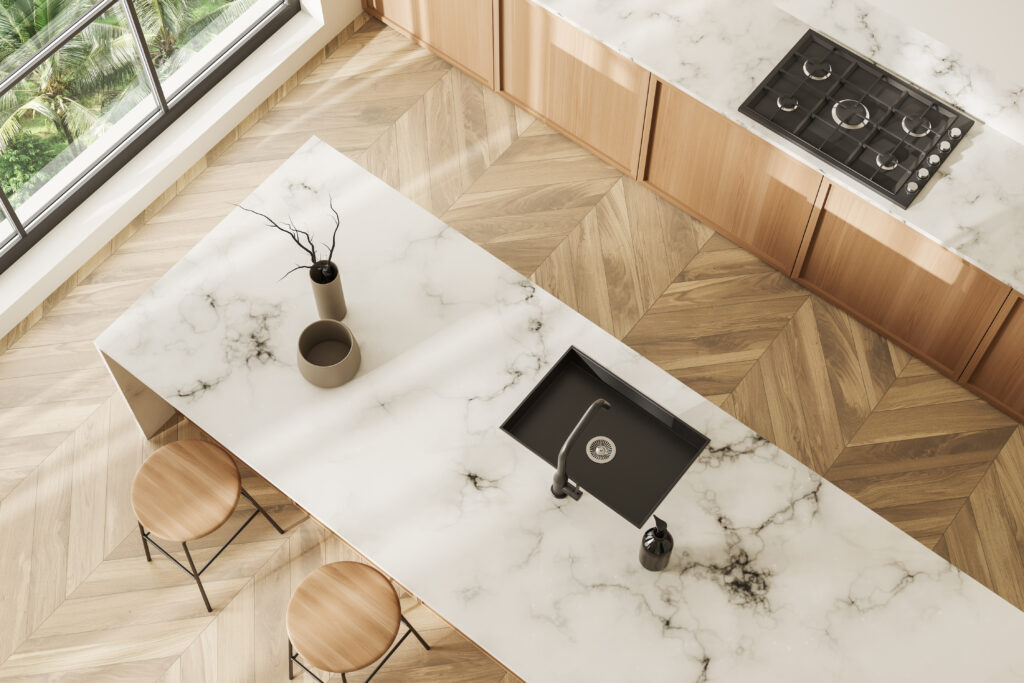DIY Kitchen Vent Hoods: What Homeowners Should Know Before You Build
Ah, the kitchen – where aromas waft, meals are made, and sometimes, when things get too smoky, it’s where the fire alarm gets a little too chatty. If you’re deep in a home refresh, customizing a vent hood might be on your radar. Whether you’re trying to save money, match your aesthetic, or just love the challenge of doing it yourself, creating a DIY kitchen vent hood can be seriously rewarding with the right info. But here’s the thing: it’s more than just a stylish box over your stove. It’s part of your home’s HVAC and ventilation system, and like other appliances, it has its quirks, pros, and potential pitfalls. Ready to dive in? Let’s get into the meat of it.
What Is a Kitchen Vent Hood and How Does It Work?
A kitchen vent hood – also known as a range hood, exhaust hood, or stove hood – is that often-underappreciated MVP of your cooking space. It sits above your cooktop and its whole job is to suck up steam, smoke, grease, and odors from the air so your kitchen doesn’t feel (or smell) like last night’s dinner two days later. There are two main types: ducted and ductless. Ducted hoods vent air outside your home through a system of pipes or vents, while ductless ones recirculate it after filtering. Fans, filters, and sometimes lights are the core components, and these units usually either come built into a microwave or stand alone as their own appliance.
Key Benefits of a Vent Hood—Especially the DIY Kind
Clearly, vent hoods do a lot of behind-the-scenes work. First, they massively improve indoor air quality, which, come on, is kind of a big deal when you’re boiling pasta or searing a steak. Second, reducing grease buildup on cabinets and walls helps keep your home cleaner – and let’s face it, no one enjoys scrubbing off invisible grease until it’s visible. Third, DIY vent hoods let you customize the look and materials. Want a rustic wood finish to blend with your country-style kitchen? Done. Prefer sleek stainless steel to match your modern appliances? Also doable. Plus, building your own helps cut the price tag, which for some pre-built units, can fly past $1,000.
Common DIY Kitchen Vent Hood Challenges
Okay, but let’s not paint everything too rosy. DIY projects can save money, sure, but they also come with complexity warnings. One big challenge? Ensuring proper ventilation, especially if you’re dealing with a ducted unit. That can involve modifying cabinetry, breaking into a wall or ceiling, and properly sealing ductwork. It’s not just a design project—it’s a functional, mechanical part of your home. Then there’s the electrical work. Some models need hardwiring, and let’s just say that playing amateur electrician can get dicey (and potentially unsafe). Oh, and filters – if you’re going ductless, you’ll need to replace them regularly. That’s a small but ongoing maintenance item some homeowners forget until grease starts coating everything.
Pros and Cons of Going Ducted vs. Ductless in a DIY Build
So if you’re going the DIY route, the duct question really matters. Ducted hoods are better at full-scale ventilation – they actually remove heat and odors from the kitchen. But they also require access to an exterior wall or attic. That adds complexity fast. Ductless hoods, on the other hand, are much easier to install because they recirculate filtered air back into the kitchen. They’re a little less powerful, especially if you cook big, greasy meals often, but they work fine for many households. It’s kind of like choosing between real and faux wood floors—real lasts longer and feels solid, but faux is easier on the install and still looks good. Choose what fits your lifestyle and your kitchen’s flow.
Material Choices: Form Meets Function
Let’s get a little design-y for a second. When constructing your own kitchen vent hood, the shell can be made from various materials like wood, sheet metal, or even transformed cabinetry. Wood is popular for aesthetics and ease of construction—you can attach trim, stain it to match cabinets, or paint for contrast. Just remember, it’s gotta be fire-resistant or sealed properly to meet basic safety standards. Sheet metal is durable and sleek, but tougher to work with unless you’re handy with tin snips and not scared of some sparks from welding. The actual insert (the inner fan and filter unit) usually comes prebuilt and is fitted inside your custom shell. So while you can play with the outside, the inside still needs to meet technical specs for airflow capacity and code compliance. Definitely don’t eyeball that part.
Costs, Maintenance, and When a Home Warranty Kicks In
Here’s the part people gloss over until something breaks—the cost over time. A good-quality range hood insert can run $200–$600 depending on brand and power. Add your materials for the housing and maybe time if you’re bringing in a friend with tools, and you’re still getting off cheaper than buying something designer. Long term, maintenance involves cleaning or changing filters (for ductless), wiping down external surfaces, and making sure the fan motor keeps humming. If your vent hood is part of your main appliance line-up and covered under an appliance protection plan or home warranty, good news: repairs or replacements might get picked up depending on your policy details. This is why knowing what your home warranty covers is huge. You don’t want to argue with grease-blasted fan blades at 9pm on taco night. Trust me.
Why A Home Warranty from Armadillo Just Makes Sense
If you’re installing or upgrading a kitchen vent hood, it’s officially part of your mechanical system. And let’s be honest, stuff goes sideways—fans stop spinning, filters get gross, grease clogs mechanisms you didn’t even know existed. That’s where a strong home warranty plan saves you stress, time, and usually a few hundred bucks. Armadillo offers flexible home warranty options that can include kitchen appliances like vent hoods, along with HVAC systems, electrical components, and more. The best part? You can customize your plan to match your setup. Whether you’re already mid-build on your DIY hood or starting fresh with your kitchen overhaul, protecting the gear that keeps it all running is just smart. Check out the options at Armadillo’s homepage or dive straight into building a plan that fits your home at the Sign-Up Page. Your future self (and your kitchen air) will thank you.


























